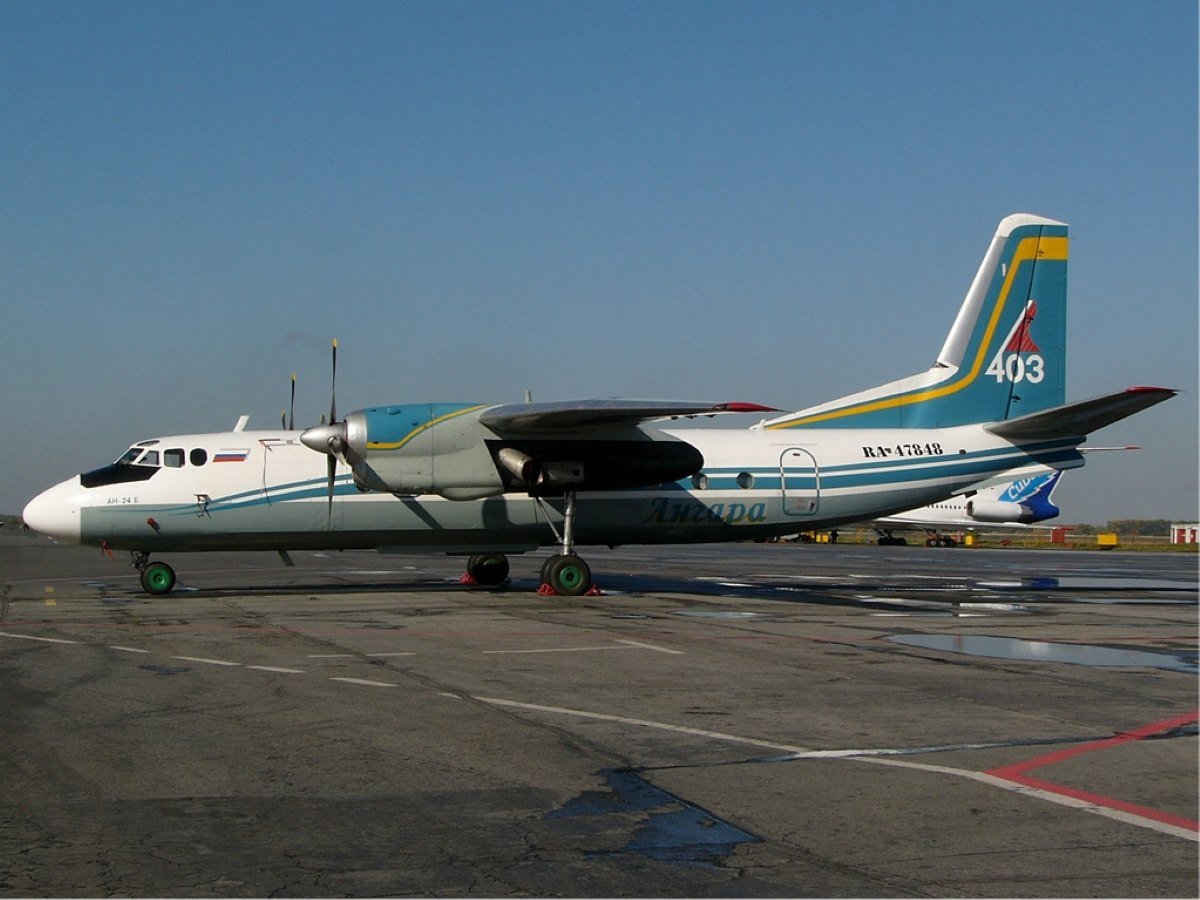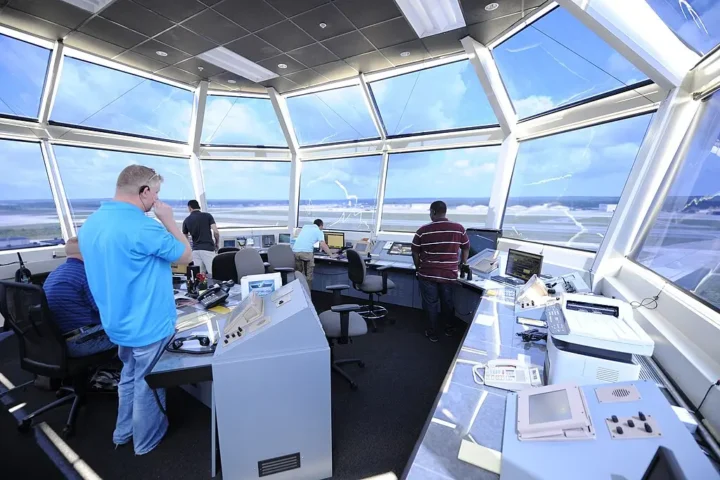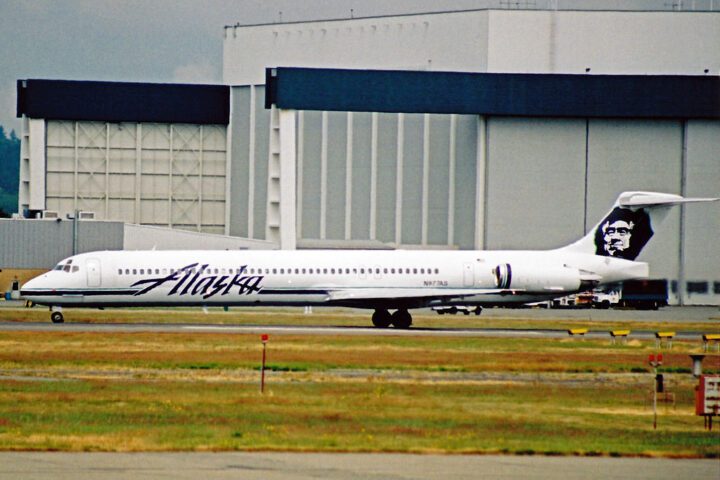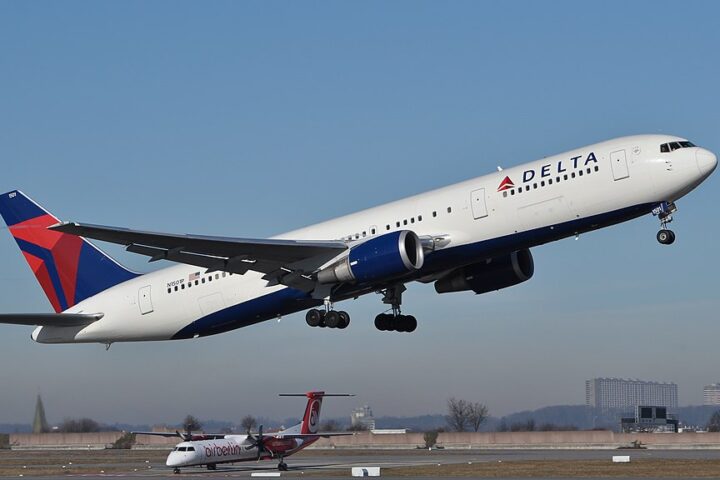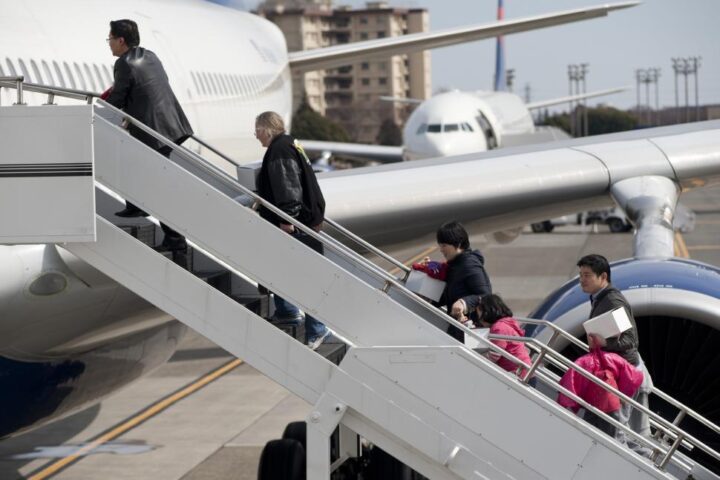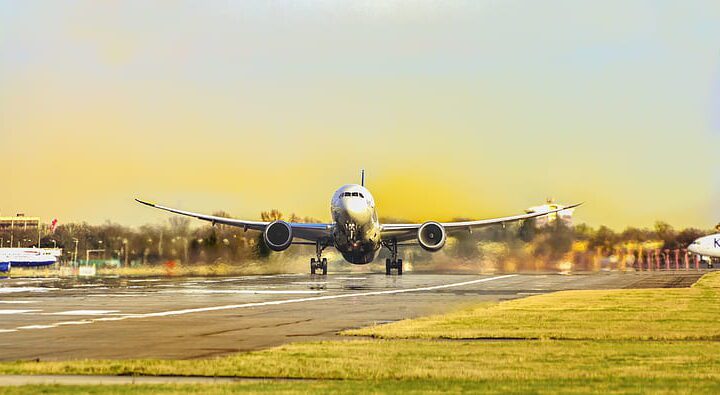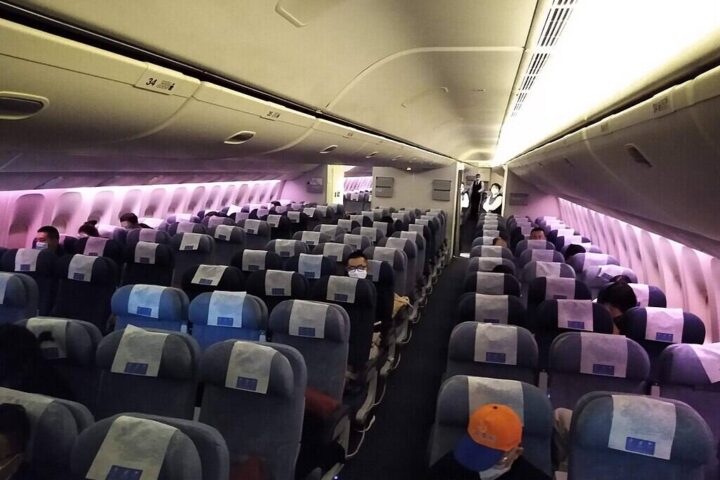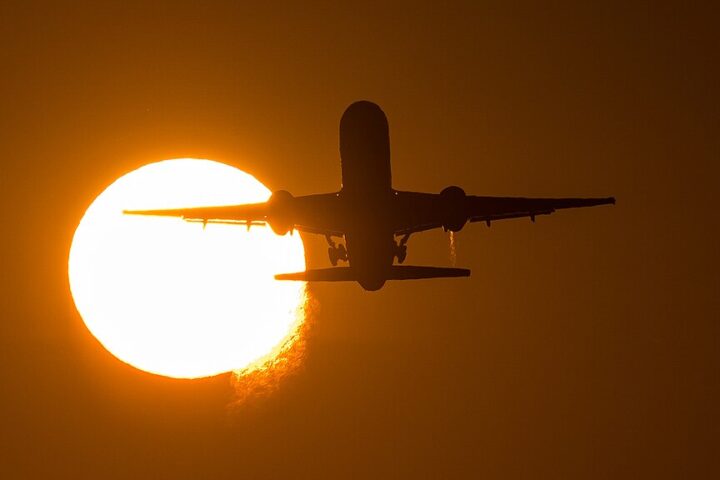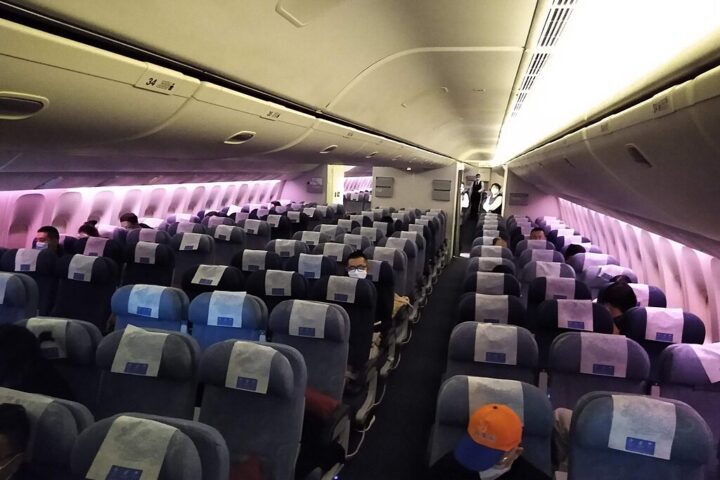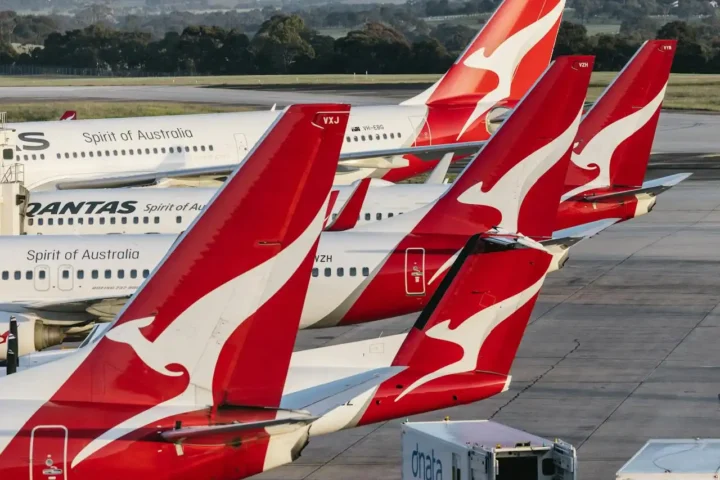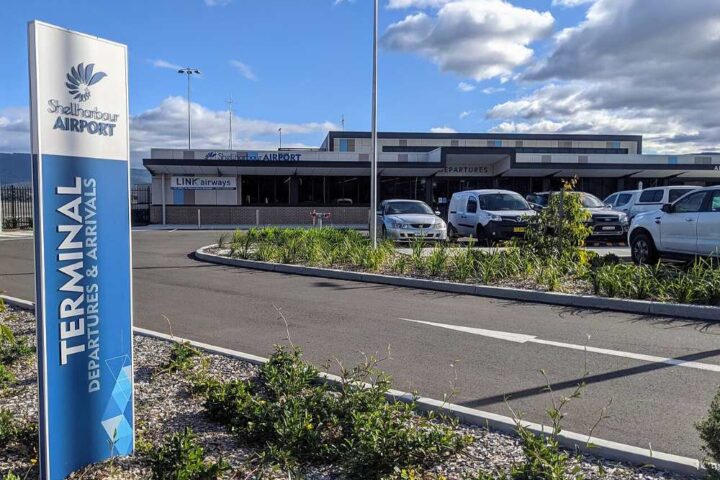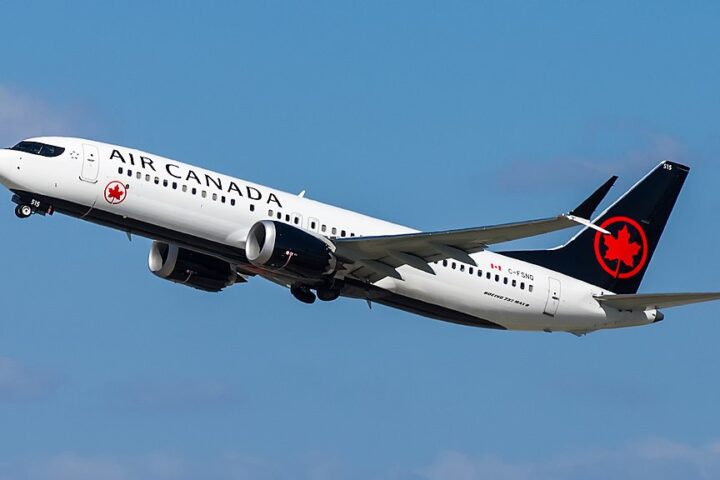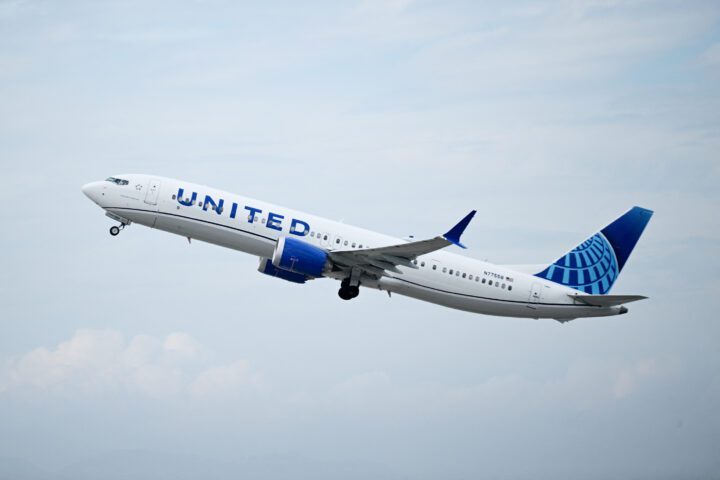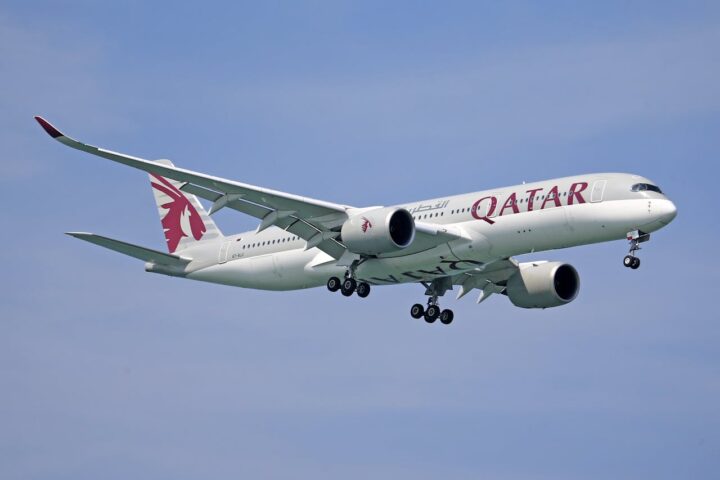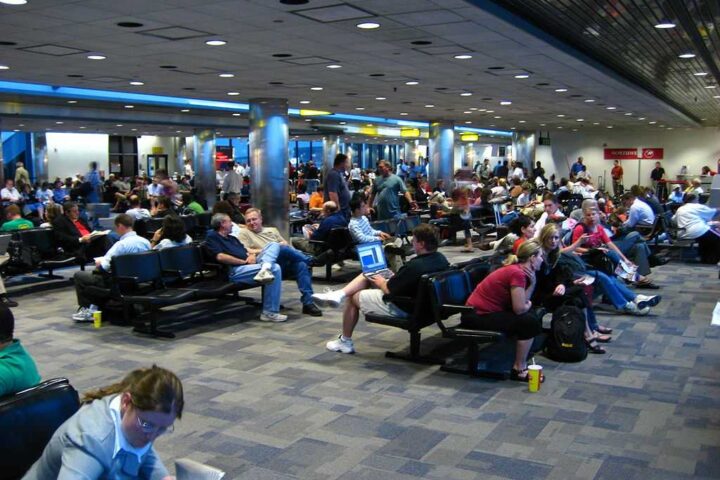A Rosaviatsiya Mi-8 helicopter spotted smoke rising from dense taiga forest this afternoon, confirming fears for Angara Airlines flight 2G-2311 (AGU2311). The An-24 aircraft vanished during its second landing attempt at Tynda Airport in Russia’s remote Amur region.
According to Russia’s Ministry of Transport, the aircraft carried 42 passengers and 6 crew members when contact was lost at approximately 13:05 local time (07:05 MSK), while Governor Orlov reported 43 passengers and 6 crew. The aircraft had departed around 11:20.
“The burning fuselage was located approximately 16 kilometers from Tynda,” stated the Amur Emergency Situations Ministry (MCHS) via their official Telegram channel. “Ground access is severely hampered by the dense taiga and limited visibility due to drizzle.”
Search and rescue teams face challenging terrain. The MCHS reports 25 rescuers and 5 ground vehicles have been deployed to the crash site, with additional specialists being airlifted by helicopter.
The aircraft, registration RA-47315, was an An-24RV variant manufactured in 1976. Records from RussianPlanes database indicate the nearly 50-year-old airframe experienced a minor wing-tip strike incident during taxi at Bodaybo Airport in 2018, though no injuries occurred in that event.
Transport Minister Andrei Nikitin has formed a federal commission to investigate the crash and assist victims’ families. The commission includes representatives from Rosaviatsiya (Federal Air Transport Agency), Rostransnadzor (Federal Transport Supervision Service), and the Ministry of Health.
Similar Posts
“Specialists are being transported to the site via Rosaviatsiya Mi-8,” the Ministry of Transport confirmed in its press release. The Interstate Aviation Committee (IAC) has opened an investigation card for the accident, officially documenting the crash in their records system.
Russia’s Investigative Committee has initiated a criminal case under Article 263, Paragraph 3, which addresses transportation safety violations resulting in multiple deaths.
For families seeking information, authorities have established three hotlines, with psychological support services available through the MCHS emergency line.
This incident follows a 2019 crash involving another Angara Airlines An-24 at Nizhneangarsk, which resulted in two crew fatalities. Angara Airlines operates a fleet of 10-11 An-24 aircraft, primarily serving remote regions in Siberia and the Russian Far East.
The Antonov-24, a twin turboprop passenger aircraft designed in the Soviet era, continues to serve remote Russian regions where airfield infrastructure limits the use of modern aircraft. Many of these aircraft remain in service well beyond their originally intended operational lifespan.
Weather conditions at the time of the incident included drizzle and poor visibility, which may have complicated the aircraft’s landing attempt. The full investigation will examine whether these conditions contributed to the crash.
The An-24 disappeared from radar during a go-around procedure—a standard aviation maneuver when pilots abort a landing attempt. The Transport Prosecutor’s Office noted the timeline in a bulletin relayed through regional channels.Rescue operations continue as specialists work to access the remote crash site. Recovery of the flight recorders will provide crucial data for investigators to determine the cause of this accident.
